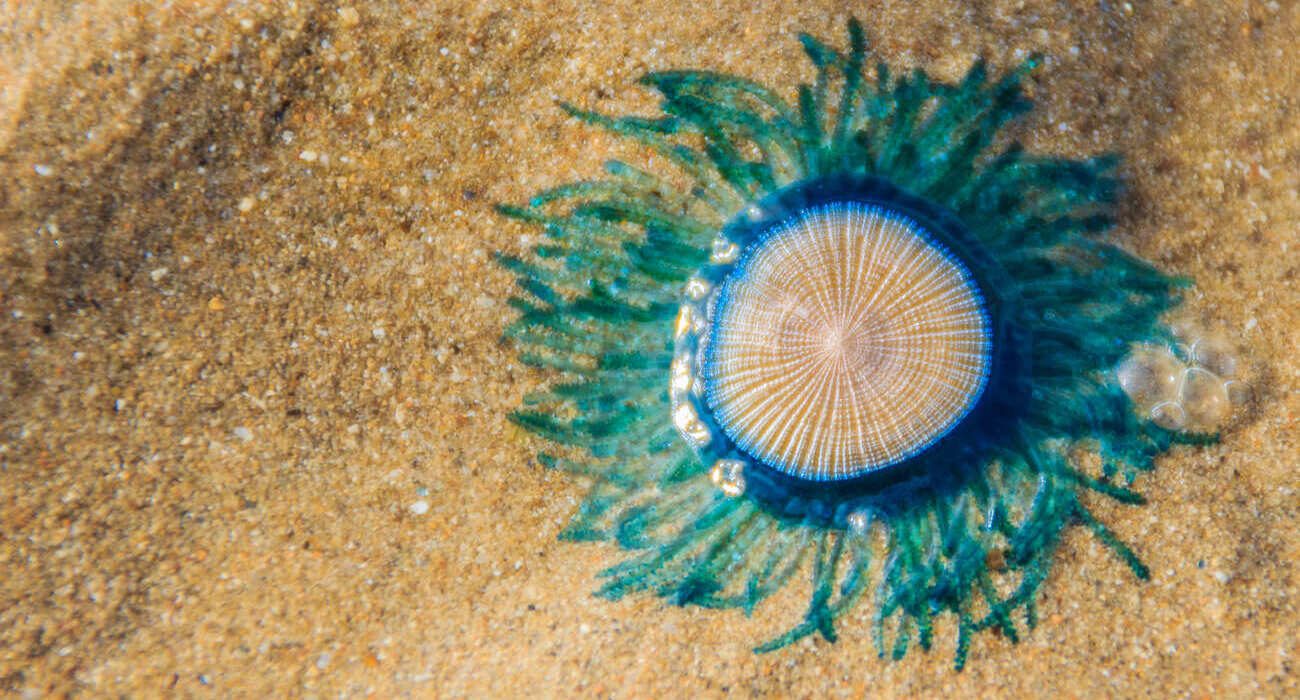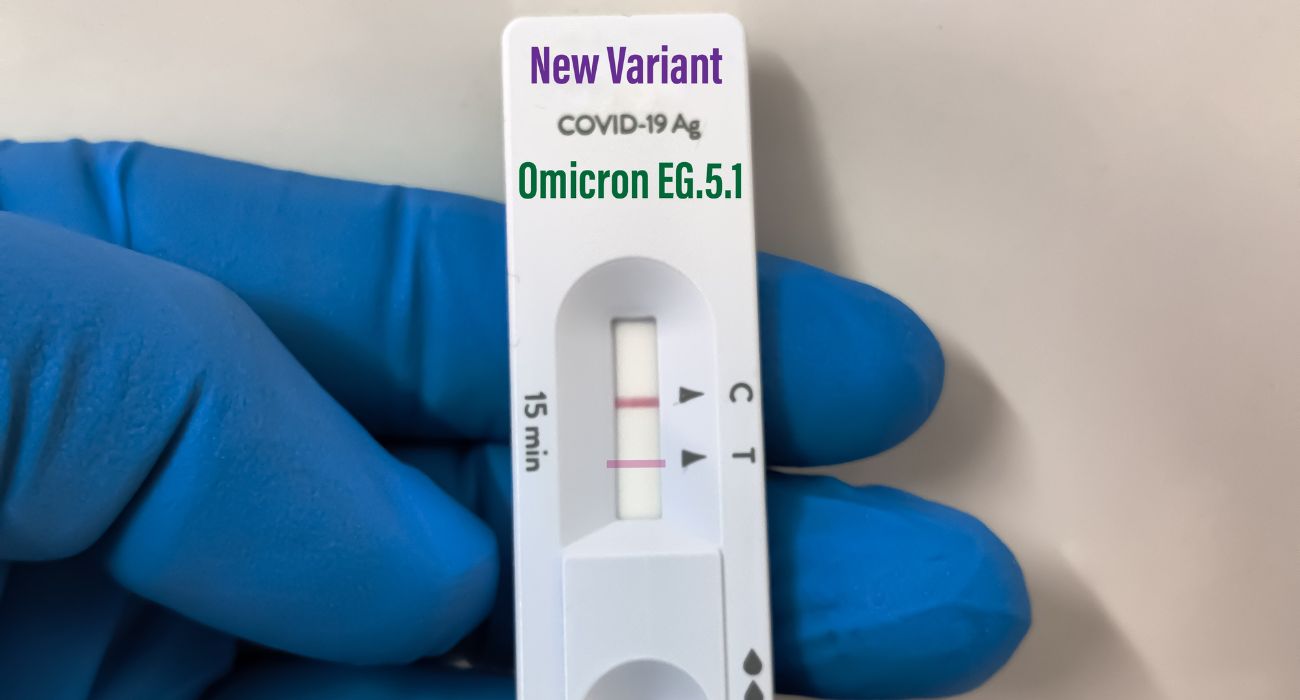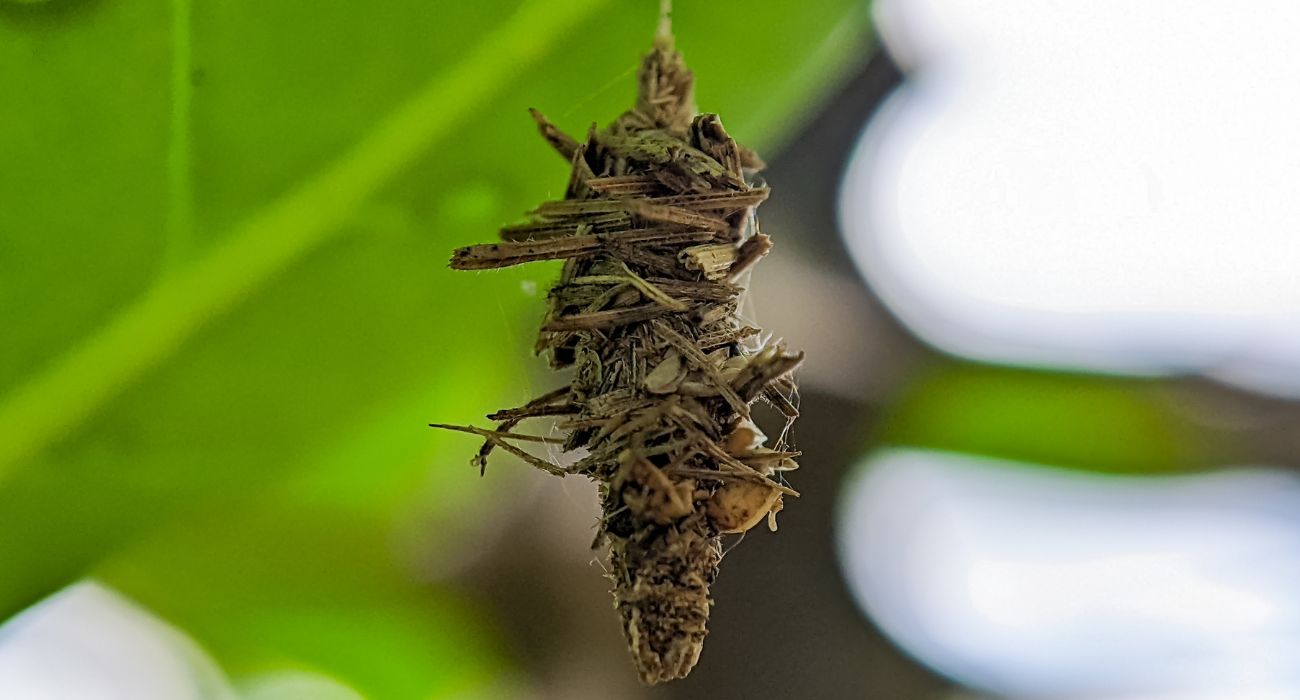Galveston Island State Park officials announced Monday that the public should avoid touching the colonies of small sea creatures that have been washing up on shore.
In a Facebook post from July 3, officials credited the local chapter of the conservation group Texas Master Naturalist (TMN) for reporting increased sightings of blue tentacled critters.
Commonly referred to as blue button jellyfish, the mushy invertebrates are no bigger than 2 inches in diameter and disc-shaped. However, they are actually a type of hydrozoan polyp — much like the Portuguese man o’ war, which is infamous for its powerful sting.
For this reason, nature experts advise avoiding the blue, turquoise, and yellow-hued porpita porpita, whose stinging cells — the little knobs at the end of their tentacles — can irritate the skin.
The appearance of blue buttons on the sandy beaches of the Gulf is due to them having been attracted by plankton blooms along the shore, according to TMN. Alongside plankton, blue buttons feed on crustacean larvae and teeny tiny copepods.
Yet to consume their food — which is done through an opening on their underside that also serves to expel waste — blue buttons do not just swim up to their prey. They float in a colony on the surface of the water, carried by the wind, currents, and tides.
As a hermaphroditic species, reproduction is as easy as a single blue button releasing an egg and fertilizing it with its own sperm. Other equally fascinating creatures have appeared on Texas shores earlier in 2023.
In May, images circulated of a nightmarish creature that Texas Parks and Wildlife officials later identified as a venomous bristle worm, as The Dallas Express previously reported.
While commonly found along the ocean floor and reefs, sightings of the two-to-four-inch worm by Texas beachgoers prompted a warning not to touch the creature’s poison-filled bristles, which can cause searing pain.
Additionally, just last week, sightings of an invasive species of jellyfish known as Australian spotted jellyfish were reported by officials at Padre Island National Seashore (PINS). While not dangerous to people, PINS explained in a Facebook post that local wildlife can suffer from the presence of such invasive species since they quickly deplete plankton resources.






